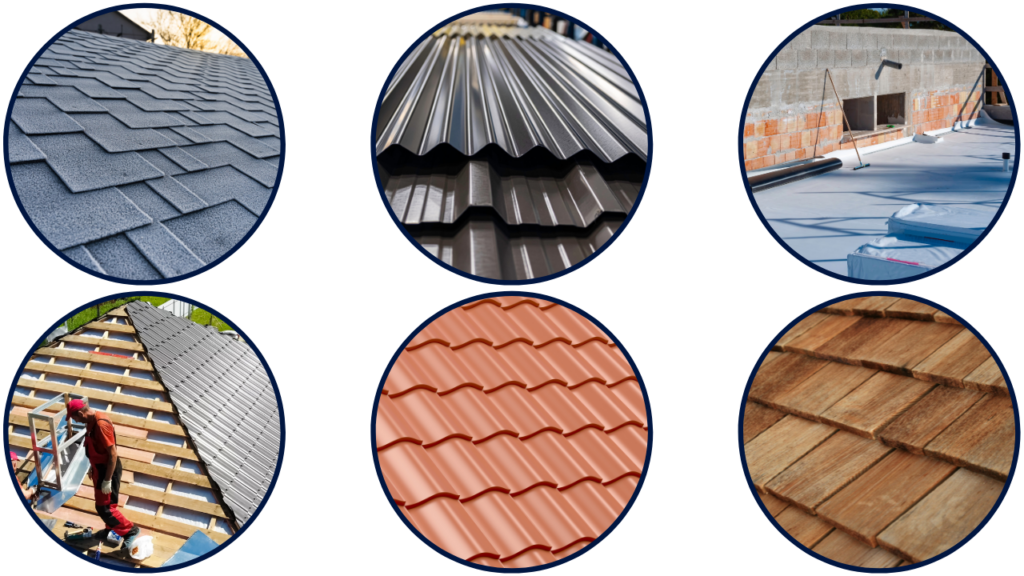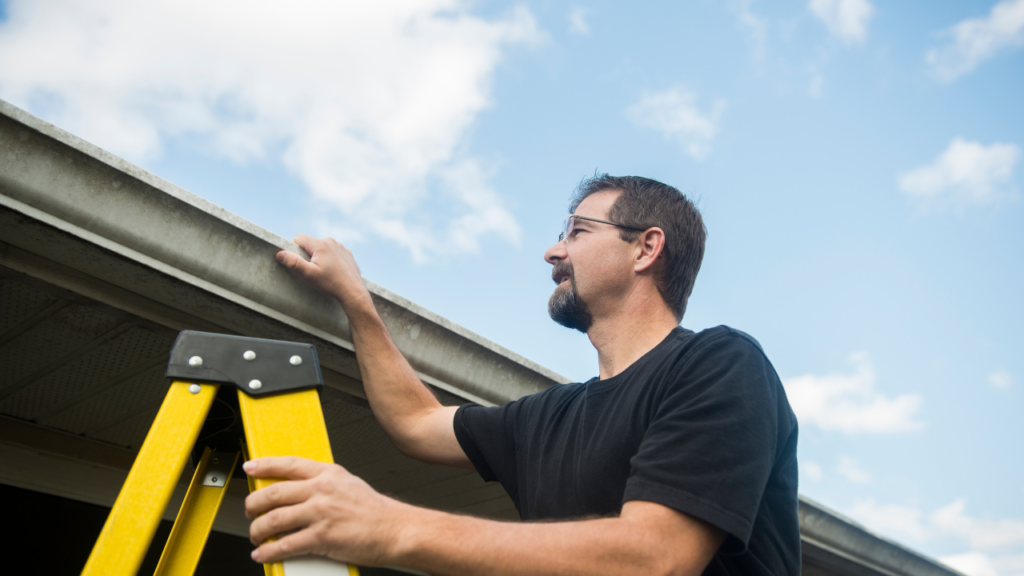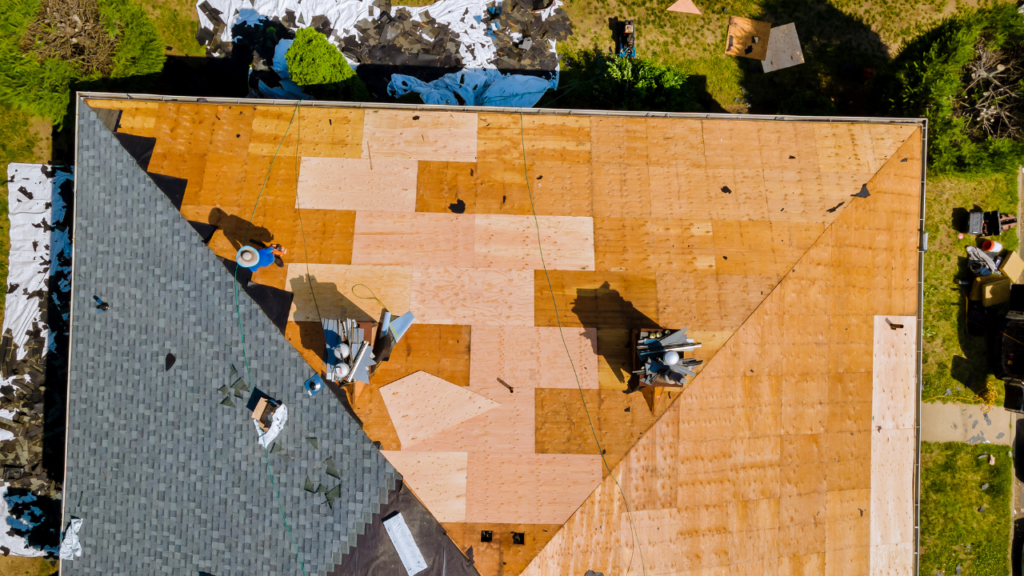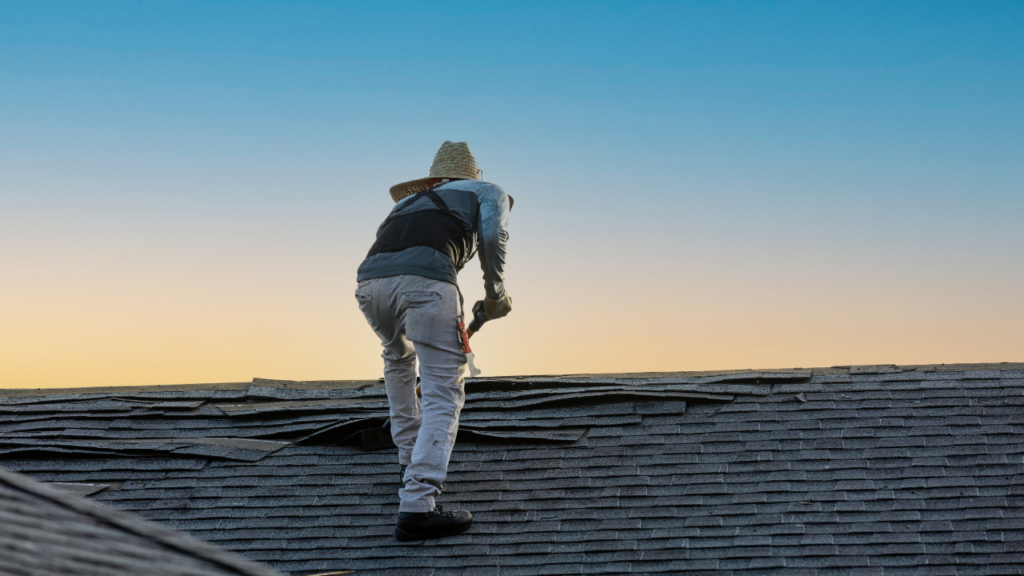- 972-365-3693
- Infinityconstructiontx@gmail.com

Maintaining a robust and reliable roof is vital for your business in Texas. In this guide, we will introduce the Texas Commercial Roofing Checklist to ensure your commercial roof remains in prime condition. You don’t need to be a roofing expert to follow these fundamental steps, and by the end, you will have the necessary knowledge to keep your roof in top shape. Assistance is always available from our team if you need help with any of these important tasks. Let’s start by discussing the essential aspects of Commercial Roof Inspections and Maintenance.
Inspecting your commercial roof regularly is like giving it a health check-up. Make sure whoever is inspecting your roof is taking the following steps. Most people prefer to have someone else climb on their roof and inspect it, however, if you’re the adventurous type; these are the steps:
Before you climb up or even step onto the roof, make safety your top priority. Ensure you have the right safety gear and consider having a friend around for added safety.
Start by examining the roof’s exterior. Look for:
Don’t forget to inspect the roof from the inside. Go into your attic and look for:
Clean your gutters and drains regularly. Clogged gutters can lead to water damage. Ensure water flows freely and doesn’t pool on your roof.
Keep a record of your inspections. Note any issues you find. It’s also a good idea to set a schedule for regular inspections, so you don’t forget. Remember, early detection of problems can save you money and prevent major headaches down the road. If you find issues you can’t address yourself, consider reaching out to a professional roofing contractor.


Selecting the right roofing material is essential for the completion of your Texas Commercial Roofing Checklist. Given the unpredictable weather in Texas, making an informed and robust choice is crucial for maintaining the safety and security of your commercial property. Here are some common roofing materials to consider:
Remember, the best choice depends on your specific needs, budget, and the climate in your area. By making an informed decision, you can ensure your roof stands strong against Texas weather.


Preventive maintenance is a fundamental component of your Texas Commercial Roofing Checklist. It’s like investing in a long and healthy life for your roof, taking manageable steps to preempt significant issues down the line. Here’s how you can effectively execute this vital part of the checklist:
Preventive maintenance is all about avoiding costly repairs and ensuring your roof remains worry-free. By following these simple steps, you can take good care of your Texas commercial roof.


Emergency repairs are unpredictable but crucial parts of managing a commercial roof in Texas. Armed with the right knowledge from the Texas Commercial Roofing Checklist, you can respond effectively and manage unexpected issues with confidence.
Remember, staying calm and taking the right steps during a roof emergency can minimize damage and stress. Quick action can make a big difference in the outcome.

Budgeting for your commercial roof doesn’t need to be daunting. With the Texas Commercial Roofing Checklist, here are some key considerations to help you strategically manage and plan your roofing expenses.
By planning and budgeting for your commercial roofing expenses, you can ensure that your roof remains in excellent condition without financial stress.

Selecting the right roofing contractor is a critical step in the Texas Commercial Roofing Checklist for ensuring your commercial roof remains robust and reliable. Here’s how to make the right choice
By following these steps, you can hire a professional roofing contractor in Texas that you can trust to take care of your commercial roof.


Another essential step in completing your Texas Commercial Roofing Checklist is to ensure that you have acquired all necessary roofing permits and are in compliance with all regulations. Roofing permits and regulations can vary by location, but here are some common steps to follow
Navigating roofing permits and regulations may seem complex, but with the right guidance and by following these steps, you can ensure your commercial roofing project is in line with Texas laws and standards.


Sustainable and long-term roofing solutions are pivotal components of the Texas Commercial Roofing Checklist. They encompass more than just environmental conservation; they are about economical savings and ensuring enduring protection for your commercial property. Here’s how to consider these solutions in your roofing strategy
By considering sustainable roofing options, you not only contribute to a greener environment but also make a sound investment for the long-term success of your Texas business.

©INFINITY ROOFING SOLUTIONS SERVICES 2023
POWERED BY HUSTLER’S LIBRARY